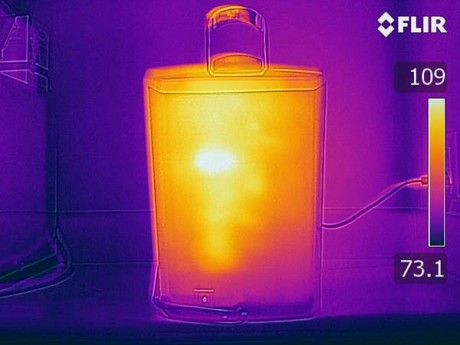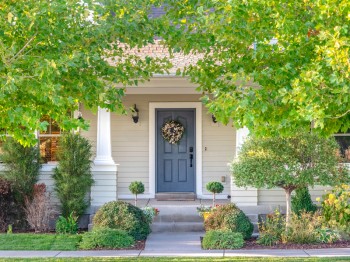Coffee’s on, but don’t forget to turn it off
By Bret Curry
When it comes to preparing our morning coffee or tea, we’ve come a long way from the days of percolating coffee upon a wood-fired cook stove. Thanks to electricity, there are countless appliances and methods for concocting hot beverages. The drip-style coffee maker became a household staple in the 1970s and is still among the most popular kitchen appliances. The new kid on the block is the single-serve hot beverage maker. The single-serve gadget uses a small disposable plastic cup filled with ground coffee, hot chocolate, tea or even cider.
The U.S. Department of Energy reports that nearly 11 cents from every dollar spent on energy is for miscellaneous appliances, devices and gadgets. Coffee machines and hot beverage makers fall into this category. An often-overlooked fact is that while most consumer appliances generate heat while in use, some continue to generate heat even while sitting idle. Furthermore, when appliances are used inside the home, their heat output, or British Thermal Units (BTUs), is considered heat gain. Heat gain from appliances during winter months is a welcome by-product. However, circumstances change in the summer when our air conditioners must run even more to remove the heat generated from appliance usage.
Images from an infrared camera are a great way to see heat loss from appliances. The infrared photo shown on this page is of the single-serve coffee maker at my office, which stays on throughout the day to keep my co-workers fueled with caffeine. Note that there is a significant amount of heat leaving the unit. This is because single-serve coffee makers experience standby heat loss when they remain in the “on” position. Much like conventional water heaters, the single-serve unit spends most of the time sitting idle while a heating element maintains a high water temperature within a boiler reservoir. This process assures a very short brewing time, which is very convenient for my co-workers and other consumers who own these.
However, our expeditious cup of “Joe” comes with a price tag. When left on continuously, our office unit consumed approximately three kilowatt-hours of electricity per day. That would cost about 30 cents a day to provide standby heating and fulfill the brewing process, or nearly $9 a month for 24/7 availability.
During the summer, having such an appliance on 24/7 would require your air conditioner to work harder to keep your home cool. I am not saying you should pack up your single-serve coffee maker, or any other “always on” appliances. I simply want to raise your awareness of all the factors than contribute to energy use and inefficiency.
I am an avid coffee drinker, and I use a hot pot (to heat water) and a French press, which is more efficient than an “always on” appliance, as are drip-style coffee makers with thermal carafe dispensers. But, for those of you who love your single-serve coffee makers or who use drip-style coffee makers with hot water reservoirs, make sure to set the timer to shut off at a certain point, if yours has that feature. Regardless of your brewing selection, make sure to turn off the appliance when brewing is finished in order to obtain optimum energy efficiency. And may your cup always be filled to the rim.
About the Author
Bret Curry is the residential energy manager for Arkansas Electric Cooperative Corporation. You can reach him at smartenergytips@aecc.com-
Share this story:




